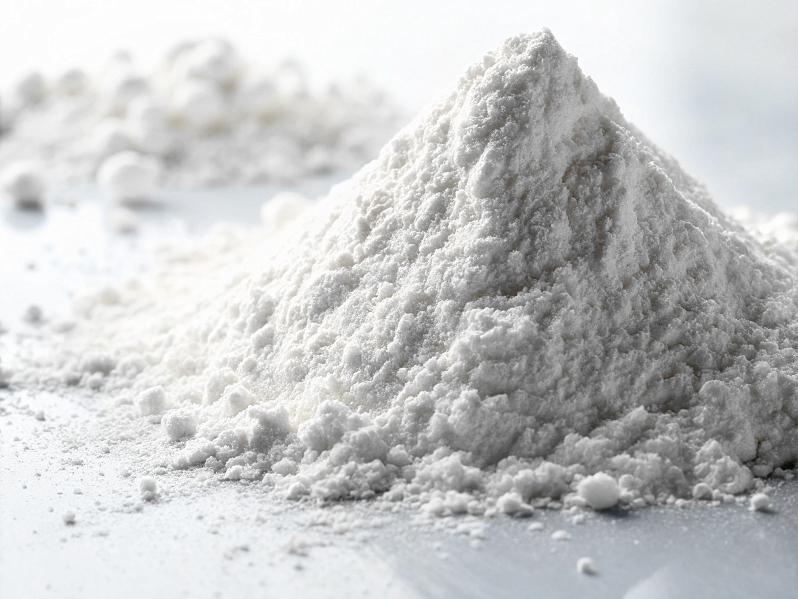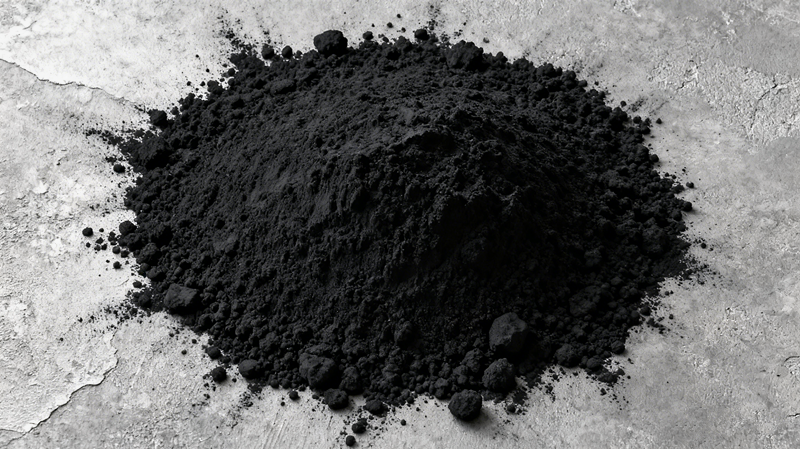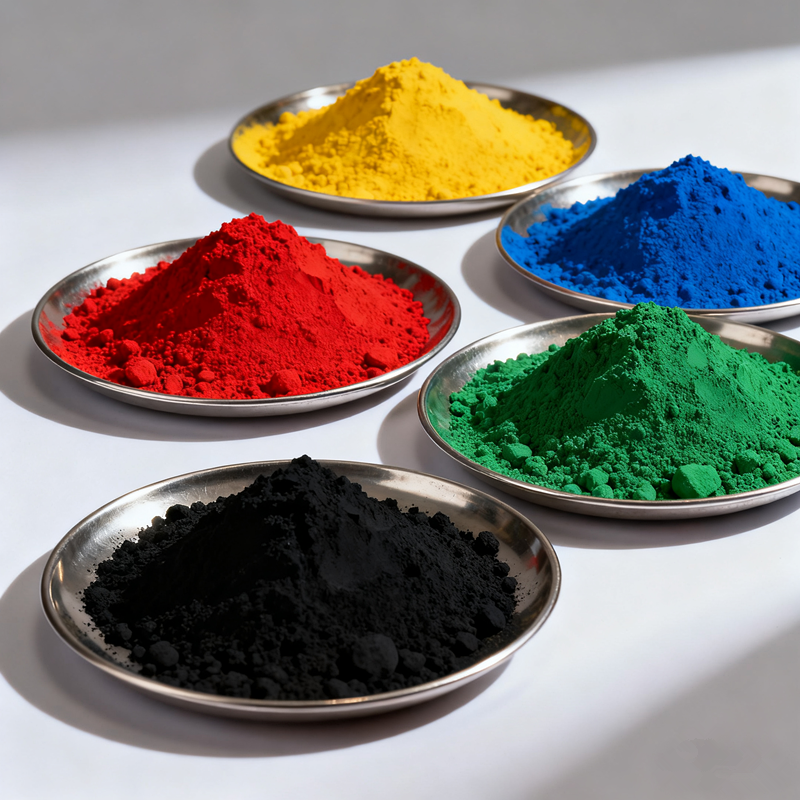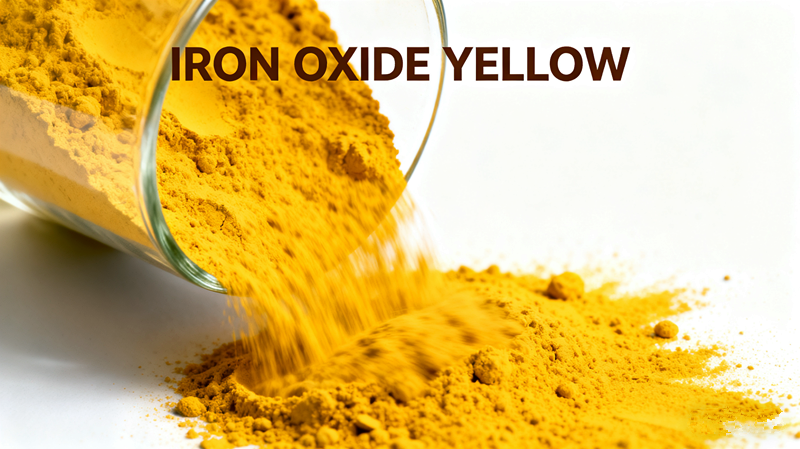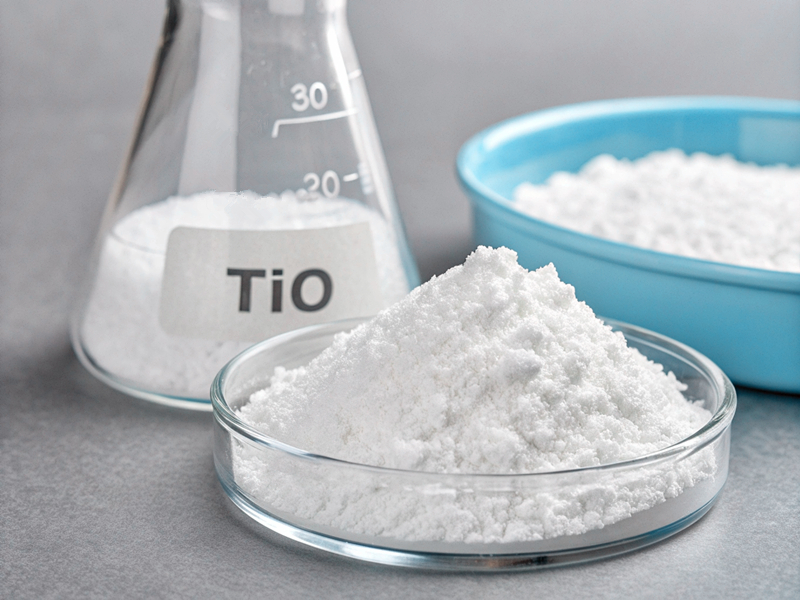Titanium dioxide1 is an essential material found in a wide range of products. It enhances brightness, durability, and opacity, making it a key ingredient in many industries.
Titanium dioxide is widely used as a white pigment, UV filter, and opacifier in paints, coatings, plastics, cosmetics, and food. Its high refractive index and non-toxic properties make it indispensable in many industrial and consumer applications.
Beyond its common uses, titanium dioxide plays a critical role in advanced applications such as photocatalysis and environmental protection. Let’s explore its properties and applications in depth.
What Is Titanium Dioxide?
Titanium dioxide (TiO₂) is a naturally occurring oxide of titanium. It is a fine white powder that exhibits excellent light-scattering properties, making it one of the most widely used white pigments2 in the world.
Titanium dioxide is a chemically stable, non-toxic, and highly durable compound known for its superior opacity, brightness, and UV resistance. These properties make it an essential ingredient in a wide range of industries.
Chemical and Physical Properties
Titanium dioxide exists in three crystalline forms: rutile, anatase,3and brookite. The rutile form is the most stable and widely used due to its high refractive index and better durability. Anatase is used in specialized applications such as photocatalysis.
| Property | Details |
|---|---|
| Chemical Formula | TiO₂ |
| Appearance | White powder |
| Density | 4.23 g/cm³ (rutile) |
| Melting Point | 1,843°C |
| Solubility | Insoluble in water |
| Refractive Index | 2.76 (rutile), 2.52 (anatase) |
Titanium dioxide is mined from minerals like ilmenite and rutile, then processed to achieve its pure white form. Its non-reactive nature makes it safe for various applications, including food and cosmetics.
What is Titanium Dioxide Commonly Used For?
Titanium dioxide is found in products ranging from paints to sunscreen. It enhances whiteness, opacity, and UV protection, making it valuable across many industries.
Titanium dioxide4 is found in products ranging from paints to sunscreen. It enhances whiteness, opacity, and UV protection, making it valuable across many industries.
Titanium dioxide4 is commonly used in paints, plastics, cosmetics, sunscreen, food, and pharmaceuticals. Its ability to scatter light and resist UV degradation makes it indispensable in both industrial and consumer applications.
1. Paints and Coatings
Titanium dioxide is the most important white pigment used in paints, coatings, and inks. It enhances opacity and brightness while protecting surfaces from UV damage.
- Used in architectural, automotive, and marine coatings
- Improves color retention and durability
- Provides high coverage with minimal pigment usage
2. Plastics and Polymers
Titanium dioxide is added to plastic products to improve their appearance and longevity. It enhances UV resistance, preventing plastic from degrading under sunlight.
- Used in PVC, polypropylene, and polyethylene
- Increases opacity and reduces brittleness
- Essential for outdoor plastic products like pipes and containers
3. Cosmetics and Sunscreen
Titanium dioxide is a key ingredient in cosmetics and personal care products due to its non-toxic and skin-safe properties.
- Provides sun protection by reflecting UV rays
- Used in foundations, lipsticks, and powders
- Hypoallergenic and suitable for sensitive skin
4. Food and Pharmaceuticals
Titanium dioxide is used as a food additive (E171) to enhance the whiteness of products such as candy, chewing gum, and dairy products. In pharmaceuticals, it is used as a coating for pills and capsules.
- Improves visual appeal of food and medicine
- Protects drugs from light degradation
- Approved by regulatory bodies in many countries
5. Advanced Applications
Titanium dioxide is also used in specialized applications such as:
- Photocatalysis – Helps break down pollutants and purify air and water
- Ceramics and Glass – Used to improve strength and opacity
- 3D Printing – Enhances color and stability in printing materials
Conclusion
Titanium dioxide is an incredibly versatile material used in paints, plastics, cosmetics, food, and pharmaceuticals. Its ability to enhance whiteness, improve durability, and provide UV protection makes it indispensable across multiple industries.
As global industries continue to demand high-quality pigments, the role of titanium dioxide5 is expanding. Recent innovations in nanotechnology6 have led to its use in self-cleaning surfaces, air purification, and medical applications.
However, concerns about its environmental impact and safety in food products have led to stricter regulations in some regions. Companies are now focusing on sustainable production methods and safer formulations.
For businesses looking to source titanium dioxide5, quality and consistency are key. Choosing a reputable supplier ensures reliable performance and compliance with industry standards.
Get Quality Titanium Dioxide from XT Pigments
XT Pigments is a trusted supplier of high-quality titanium dioxide for industrial and commercial applications. Contact us today at info@xtpigment.com or visit www.xtpigment.com to learn more.We provide:
- High-purity titanium dioxide for paints, plastics, and cosmetics
- Consistent quality with strict production standards
- Customizable solutions to meet industry-specific needs
-
To Learn about the properties of titanium dioxide. ↩
-
To Understand the advantages of titanium dioxide over other white pigments. ↩
-
To Learn about the unique properties and applications of each crystalline form of titanium dioxide. ↩
-
Explore the diverse applications and advantages of Titanium dioxide, a key ingredient in many products, to understand its significance. ↩ ↩
-
Explore the diverse applications of titanium dioxide to understand its significance in multiple sectors, from cosmetics to pharmaceuticals. ↩ ↩
-
Discover how nanotechnology enhances titanium dioxide's properties, leading to innovative applications like self-cleaning surfaces. ↩


